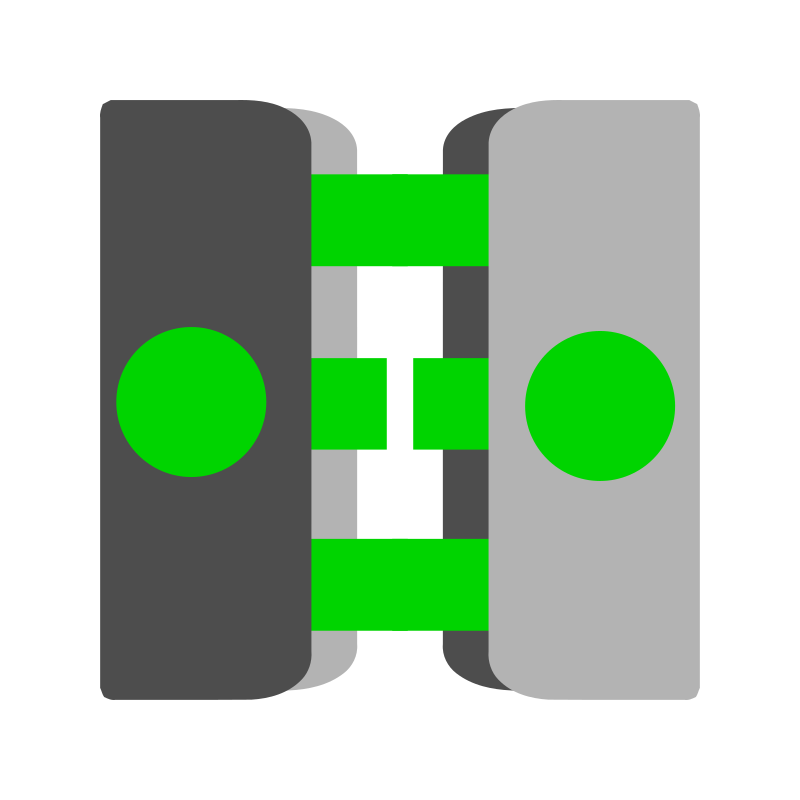Introduction to Programming
Programming is the process of creating instructions for computers to solve problems or perform specific tasks. It involves breaking down complex problems into smaller, manageable steps that a computer can execute.
Key Terms
- Program
- A set of instructions written in a programming language that tells a computer what to do.
- Algorithm
- A step-by-step procedure for solving a problem or completing a task.
- Programming Language
- A formal language with specific syntax and rules used to communicate instructions to a computer.
- Source Code
- The human-readable instructions written in a programming language.
Before writing code, programmers follow a systematic approach to understand and solve problems effectively.
Programming Problem-Solving Steps
- 1. Understand the Problem: Read and analyze the problem carefully. Identify inputs, outputs, and constraints.
- 2. Plan the Solution: Design an algorithm or flowchart outlining the logical steps to solve the problem.
- 3. Write the Code: Translate the algorithm into a programming language using proper syntax.
- 4. Test and Debug: Run the program with different inputs, identify errors, and fix them.
- 5. Optimize and Refine: Improve the code for better performance, readability, and maintainability.
Variables are containers that store data values. Different types of data require different storage methods and operations.
What are Variables?
- Variables are named storage locations in memory
- They can hold different types of data
- Variable names should be meaningful and descriptive
- Most languages have rules for valid variable names
Common Data Types
| Name | Description | Examples | Operations |
|---|---|---|---|
| Integer | Whole numbers (positive, negative, or zero) | 42, -17, 0 | Addition, subtraction, multiplication, division |
| Float/Double | Decimal numbers with fractional parts | 3.14, -2.5, 0.001 | Arithmetic operations with precision considerations |
| String | Sequence of characters enclosed in quotes | "Hello", 'World', "123" | Concatenation, length, substring, search |
| Boolean | Logical values representing true or false | true, false | AND, OR, NOT logical operations |
Programming languages provide fundamental structures to control the flow of program execution and organize code effectively.
Control Flow Structures
| Name | Description | Example | Use Case |
|---|---|---|---|
| Sequential Execution | Instructions execute one after another in order | step1 → step2 → step3 | Simple calculations, basic operations |
| Selection (If-Else) | Execute different code paths based on conditions | if (condition) { action1 } else { action2 } | Decision making, branching logic |
| Iteration (Loops) | Repeat a block of code multiple times | for (i = 0; i < 10; i++) { action } | Processing lists, repetitive tasks |
Functions are reusable blocks of code that perform specific tasks. They help organize code, reduce repetition, and make programs more modular.
Function Components
- Function Name: Identifies the function uniquely
- Parameters: Input values passed to the function
- Function Body: Code that performs the task
- Return Value: Output value sent back to caller (optional)
Function Example (Pseudocode)
A function to calculate the area of a rectangle
function calculateArea(length, width) {
area = length * width
return area
}This function takes two parameters and returns their product
Programming paradigms are different approaches to structuring and organizing code. Each paradigm offers unique benefits for different types of problems.
Major Programming Paradigms
| Name | Description | Characteristics | Languages |
|---|---|---|---|
| Procedural Programming | Focuses on functions and procedures that manipulate data | Top-down approach, Function-based, Data and functions separate | C, Pascal, FORTRAN |
| Object-Oriented Programming | Organizes code into objects containing data and methods | Encapsulation, Inheritance, Polymorphism | Java, C++, Python, C# |
| Functional Programming | Emphasizes functions as first-class citizens and immutable data | Pure functions, No side effects, Higher-order functions | Haskell, Lisp, ML, JavaScript |
The traditional first program for beginners is 'Hello, World!' which simply displays a greeting message.
Hello World in Different Languages
print("Hello, World!")public class HelloWorld {
public static void main(String[] args) {
System.out.println("Hello, World!");
}
}#include <iostream>
using namespace std;
int main() {
cout << "Hello, World!" << endl;
return 0;
}console.log("Hello, World!");